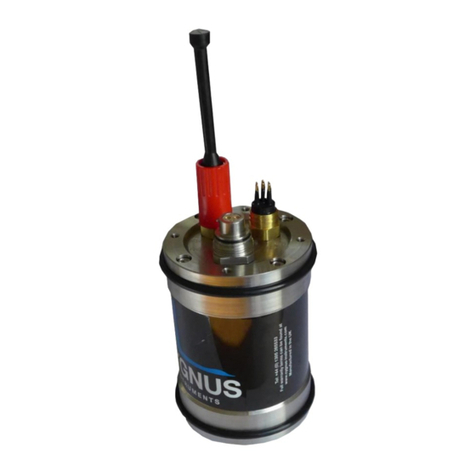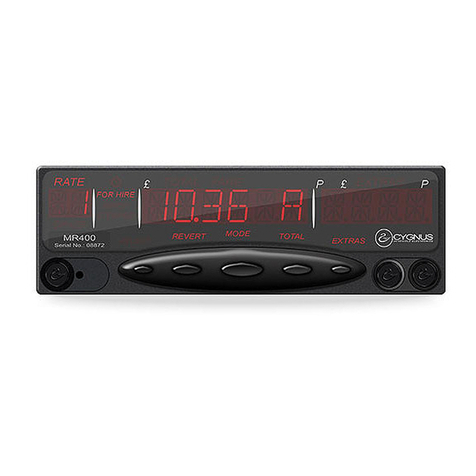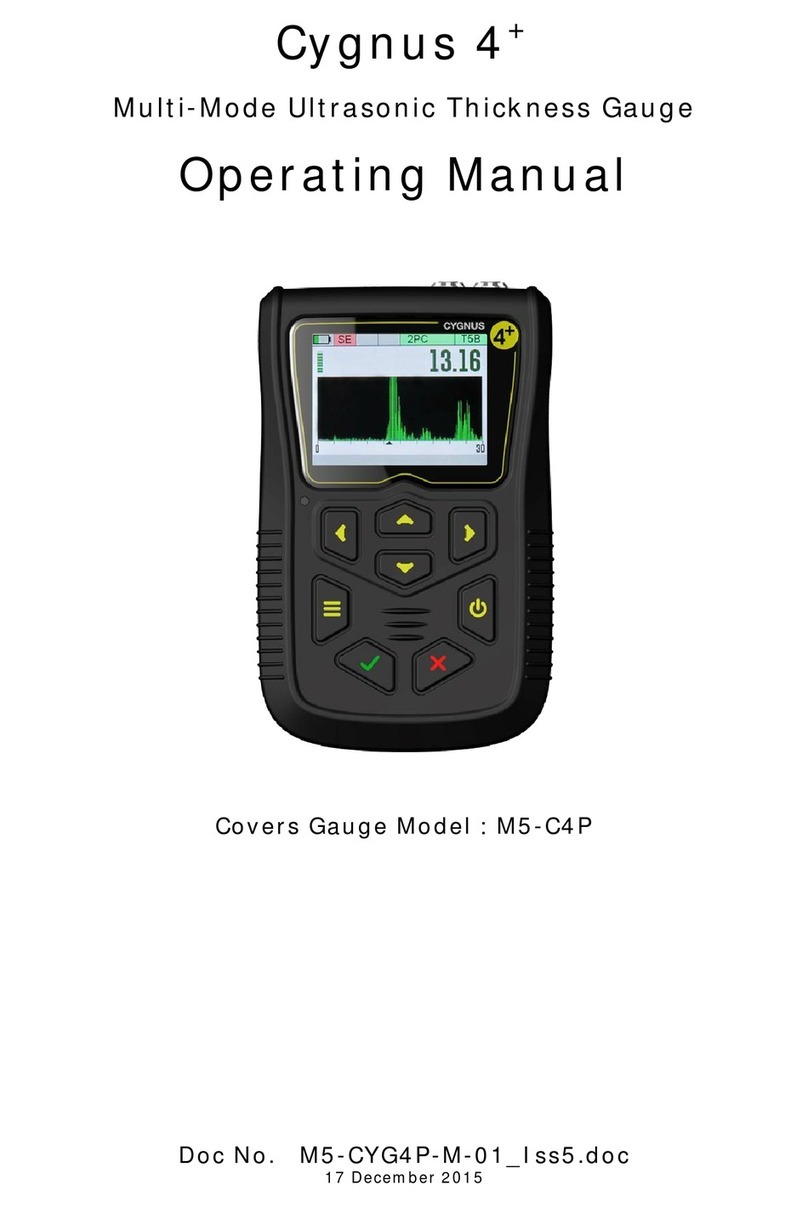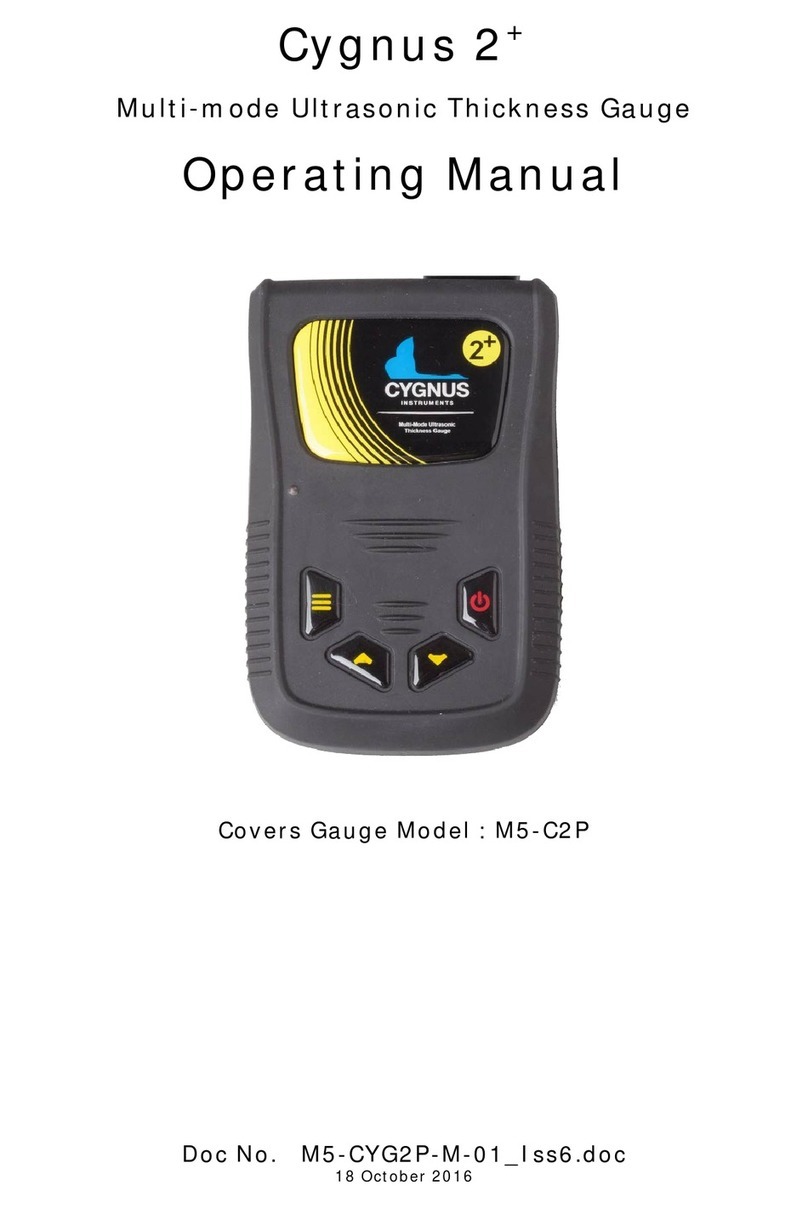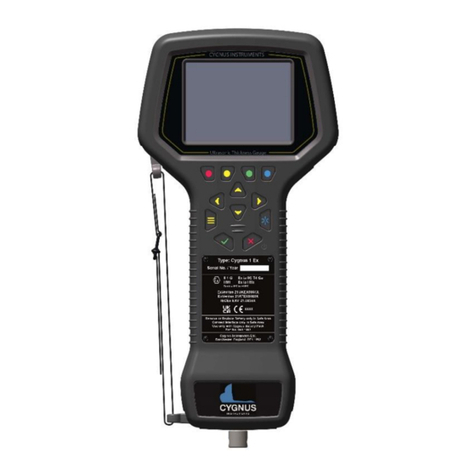4
Setting the Velocity of Sound ................................................30
7. Gauge Setup ...................................................................32
Menu Operation...................................................................32
Settings are Saved with the Probe Type ..................................33
Changing Numeric Values using the Navigation Keys.................34
Selecting the Probe Type ......................................................35
Automatic Probe Detection .................................................36
Measurement Units..............................................................37
Resolution Setting ...............................................................37
Limit Functions....................................................................38
Deep Coat Function..............................................................41
8. Setup Menu.....................................................................44
Vibrate Feature ...................................................................44
Brightness Setting ...............................................................44
Power Off Setting ................................................................45
Set Time and Set Date .........................................................45
9. General Points On Thickness Gauging.............................47
10. Troubleshooting...........................................................48
The Gauge will not Switch On................................................48
Difficulty obtaining a Reading ................................................48
If Readings are Erratic or Unstable .........................................48
Tips for Optimising Battery Life..............................................48
11. Updating your Gauge ...................................................50
Update Software..................................................................50
Gauge Firmware Files...........................................................50
12. Care and Servicing.......................................................51
Cleaning the Gauge..............................................................51
Batteries ............................................................................51
Environmental.....................................................................51
Repairs ..............................................................................51
Returning the Gauge for Servicing..........................................52
13. Information .................................................................53
Technical Specifications........................................................53
Table of Sound Velocities......................................................56
Reading Conversions .........................................................57
14. EU Declaration of Conformity.......................................58
15. Recycling and Disposal (EC Countries).........................59
16. Warranty Information..................................................60













